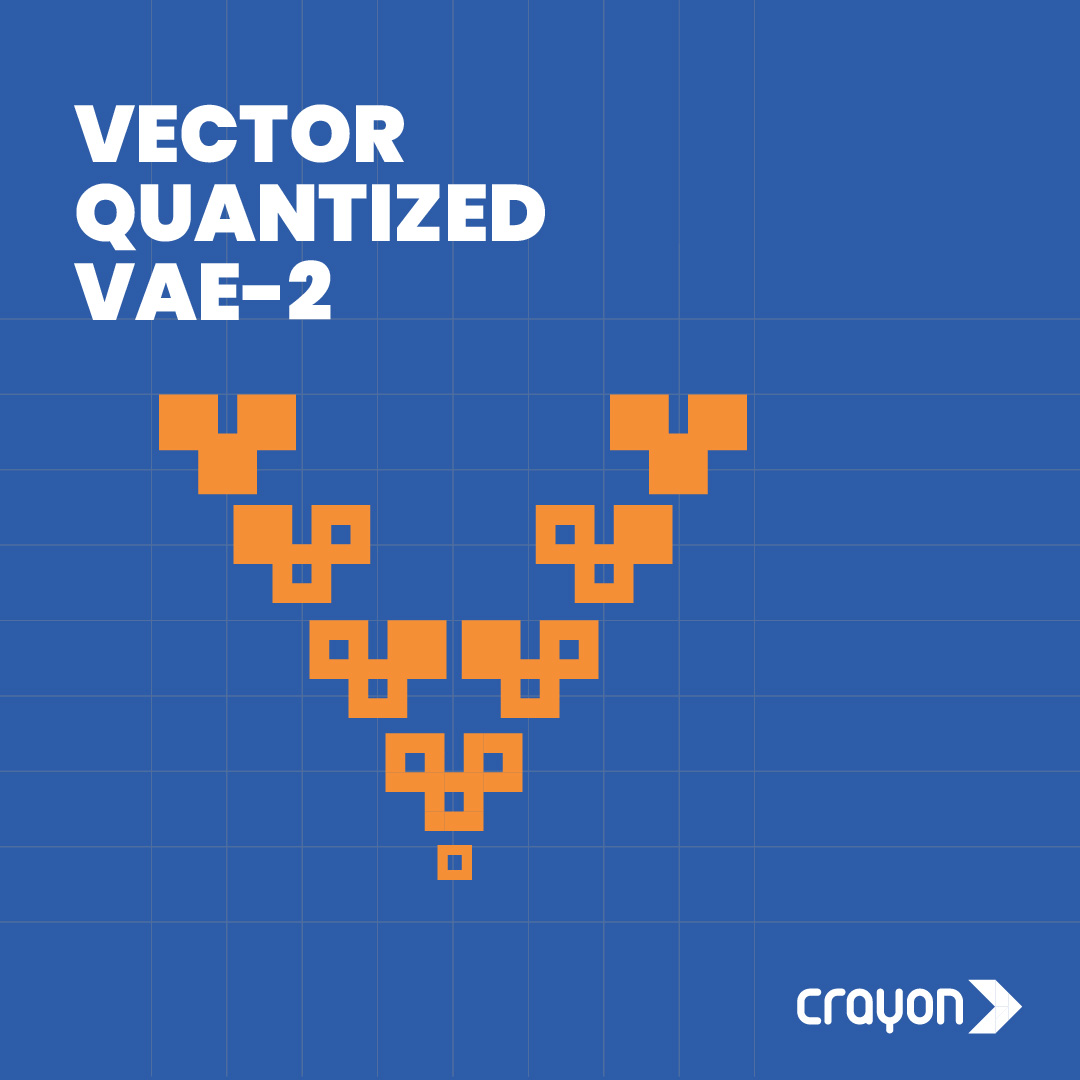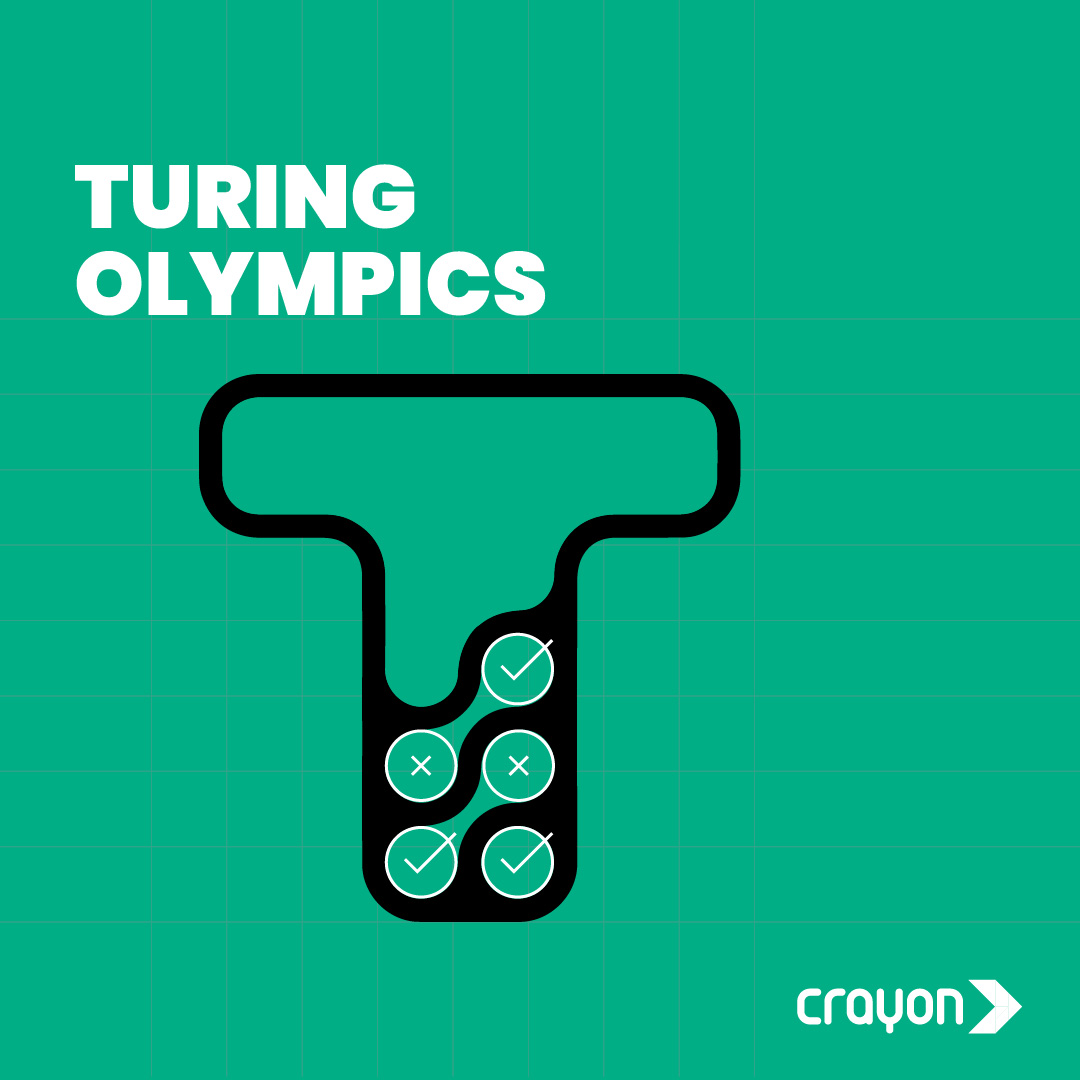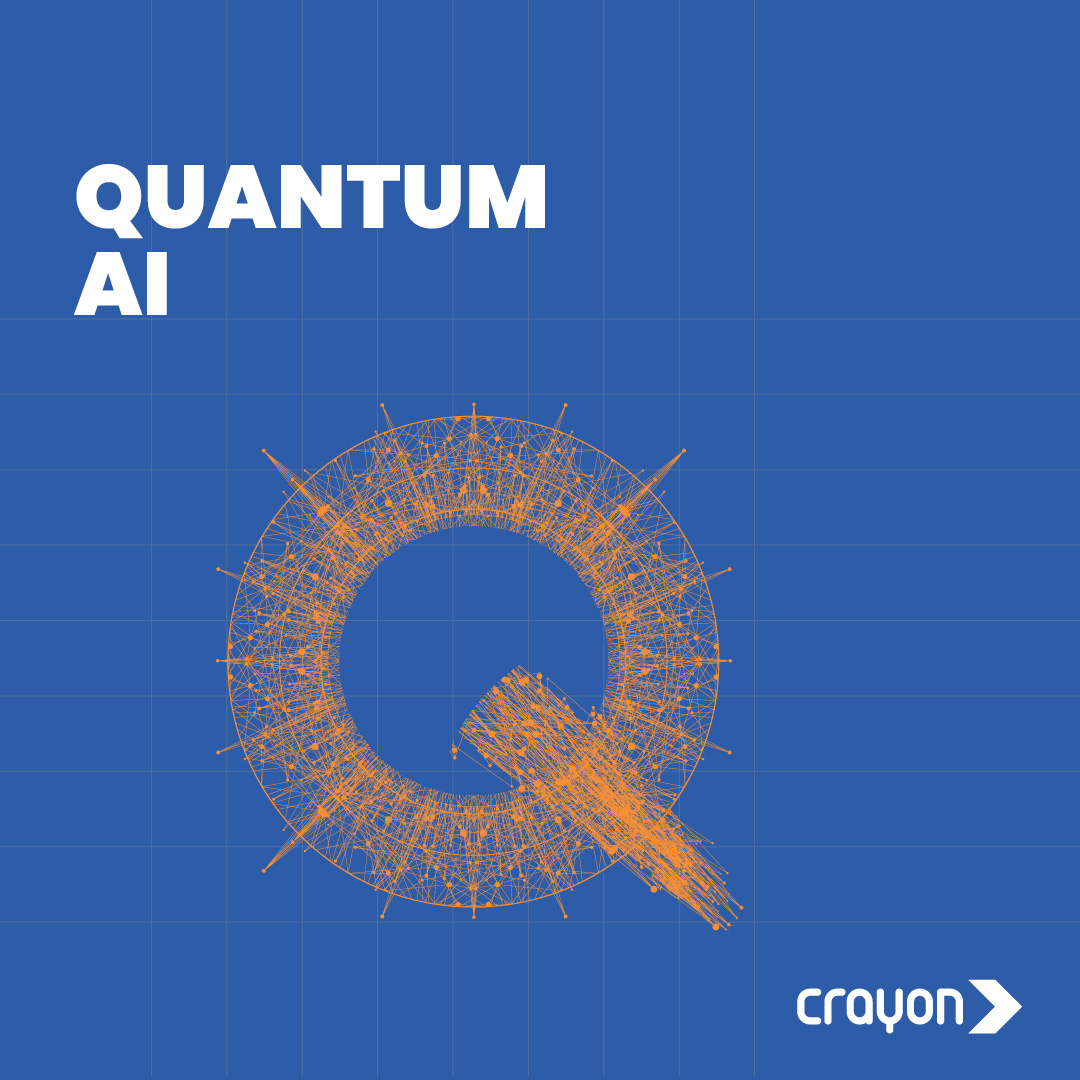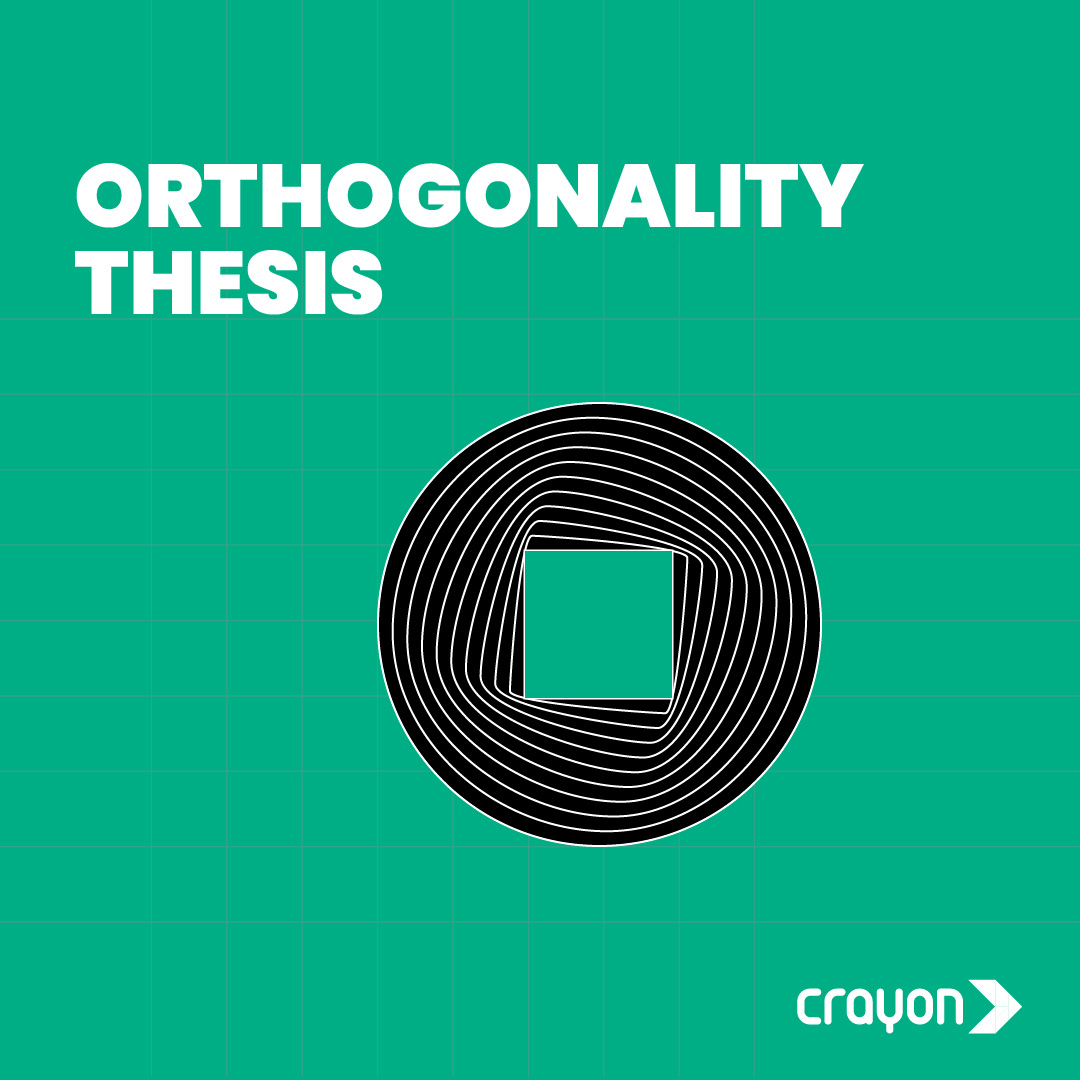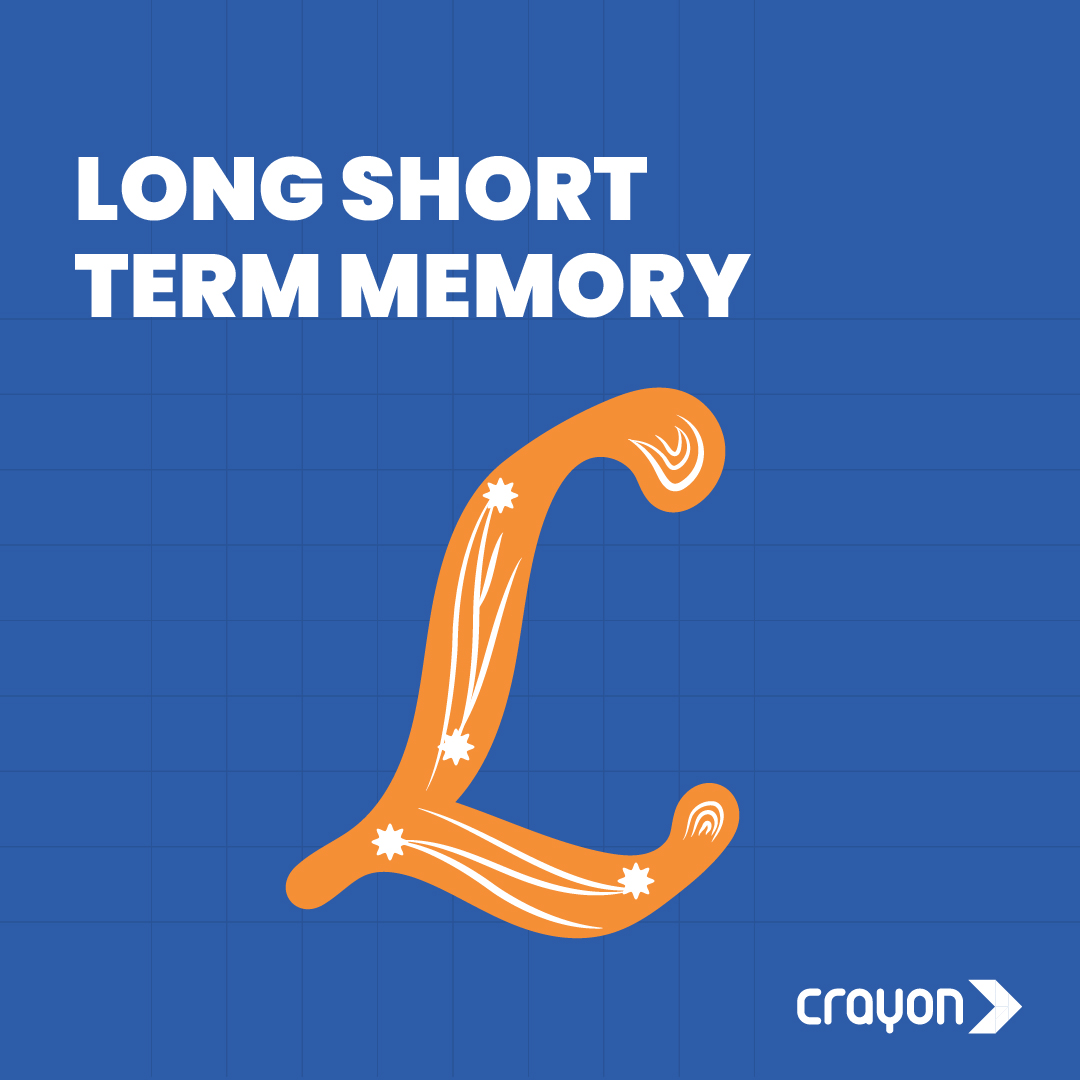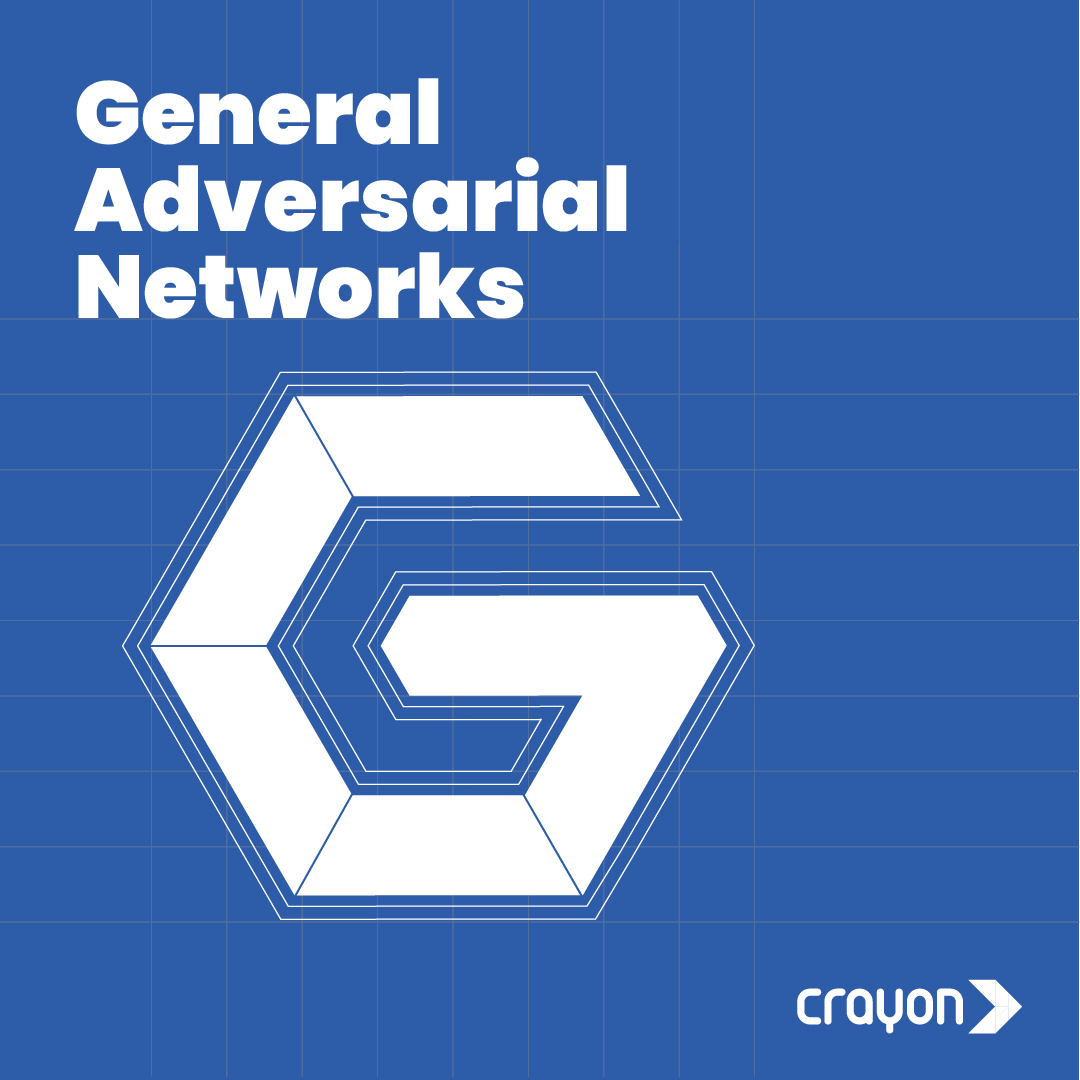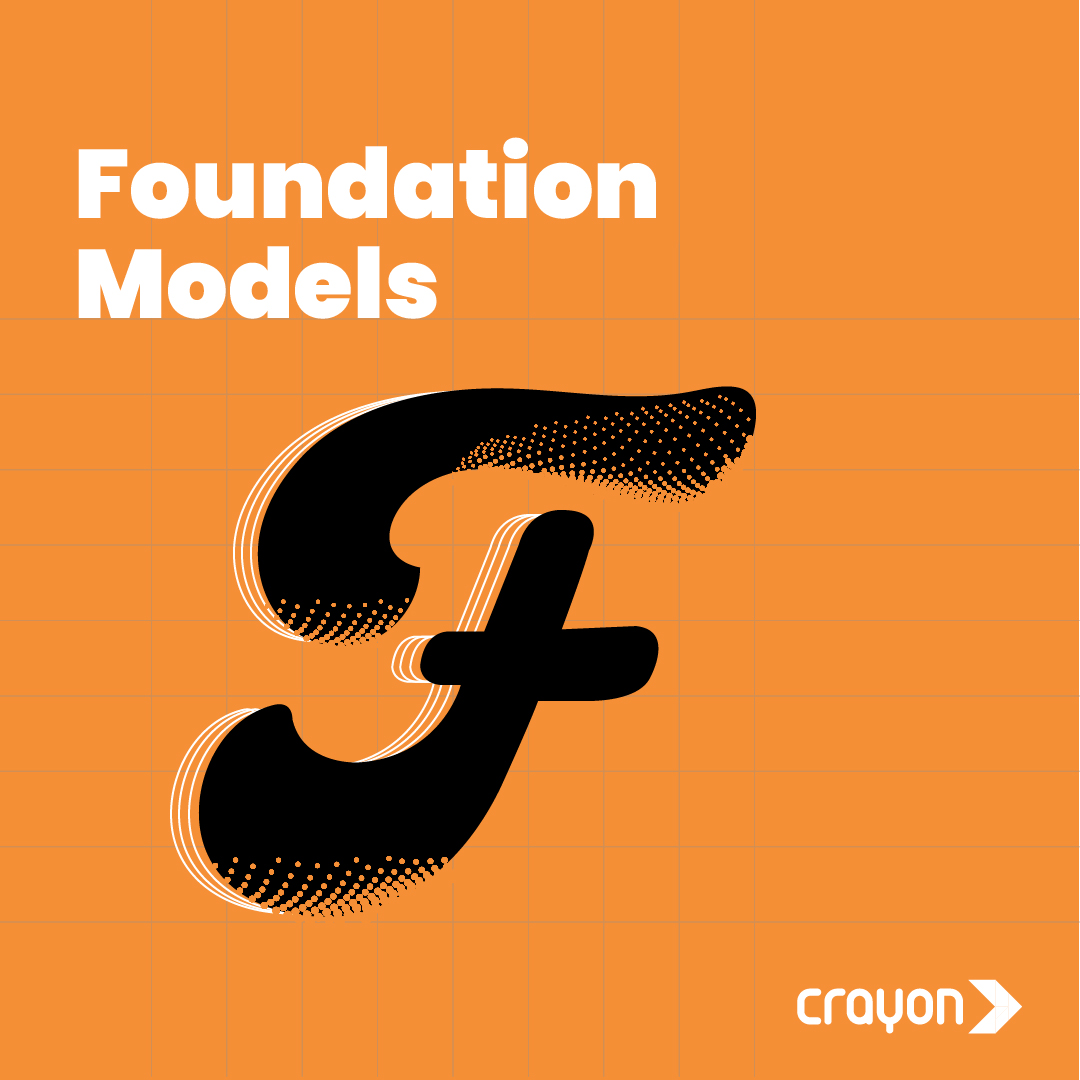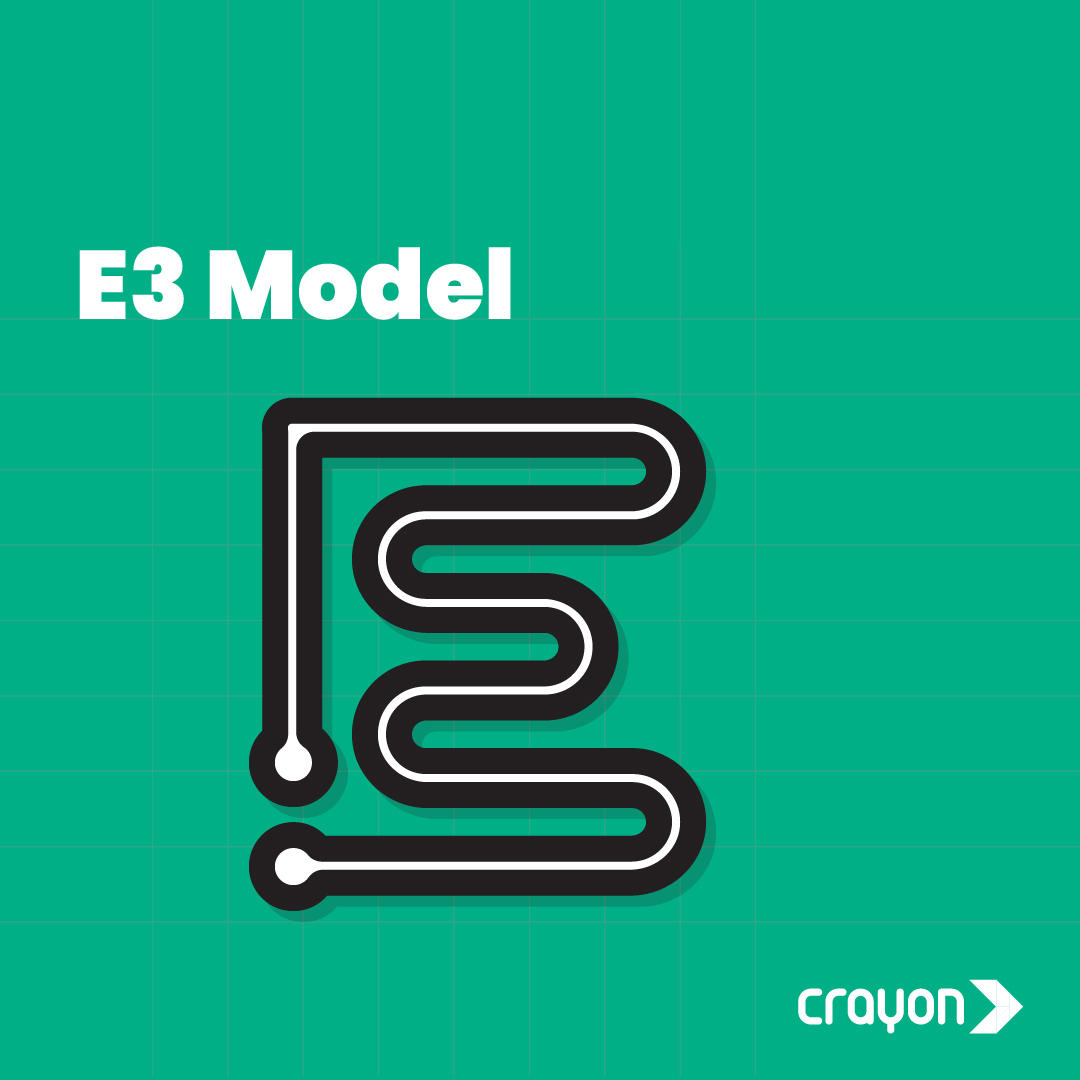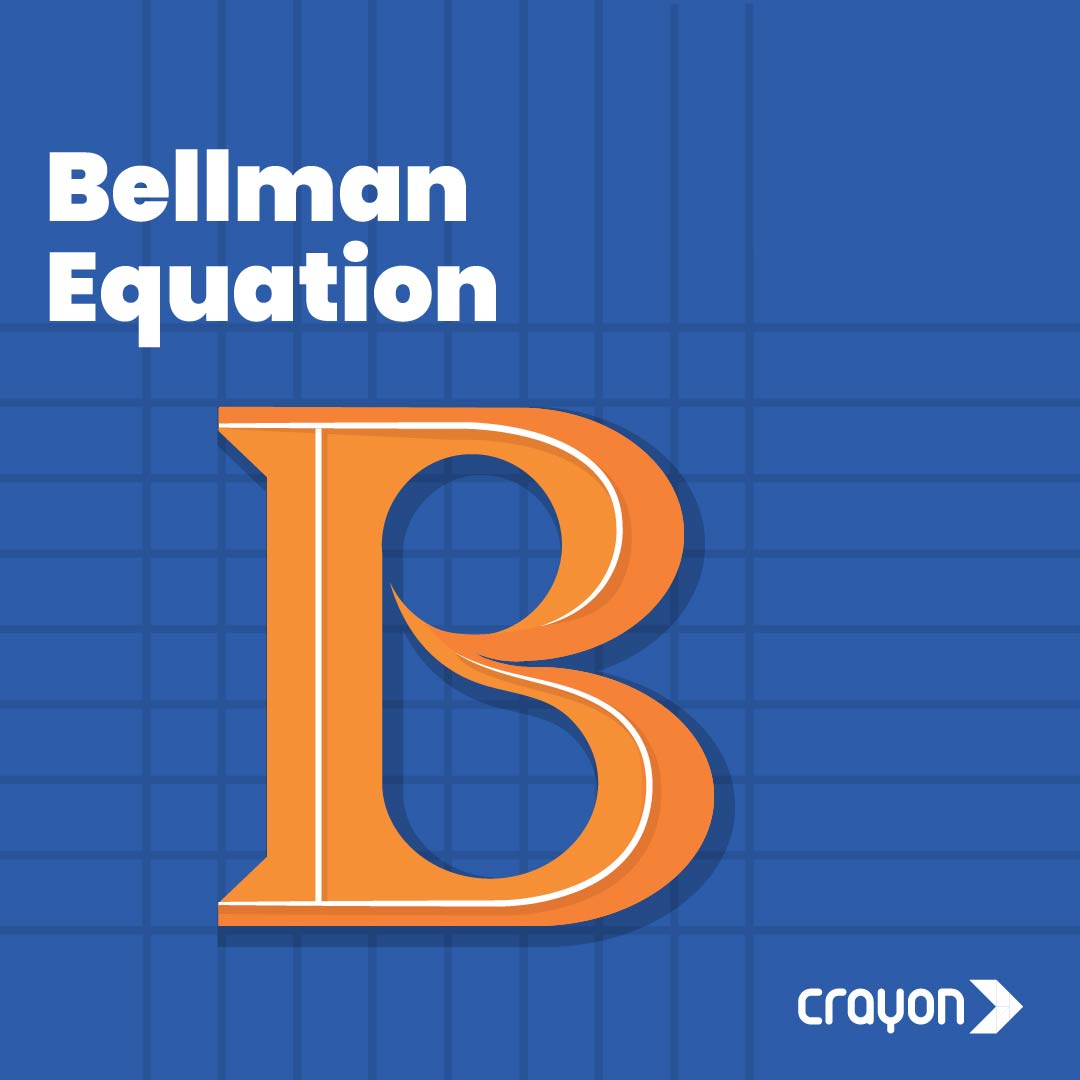Zero-shot learning (ZSL) is an innovative approach in the realm of artificial intelligence that aims to teach machines to recognize and understand objects or concepts they have never encountered during their training phase. Unlike traditional machine learning models that rely on a predefined set of classes, zero-shot learning enables AI systems to generalize their knowledge and make predictions about unfamiliar data.
In conventional machine learning, a model is trained on a specific dataset with labeled examples. These labeled examples serve as the foundation for the model to learn patterns and characteristics associated with different classes. However, this poses a limitation when the model is faced with new, unseen data that doesn’t belong to any of the predefined classes. In such cases, the traditional model struggles to make accurate predictions because it lacks information about the novel classes.
Zero-shot learning addresses this limitation by fostering a more versatile learning approach. Instead of memorizing specific classes, the model is trained to grasp the underlying relationships and attributes shared among different classes. This enables the AI system to make informed predictions about objects or concepts it has never encountered before.
One key component of zero-shot learning is the use of semantic embeddings. These embeddings represent the features and characteristics of data in a continuous, high-dimensional space. By mapping different classes into this space, the model learns to identify similarities and differences between classes. This abstraction allows the AI system to recognize patterns and make predictions based on the inherent relationships within the data.

One practical application of zero-shot learning is in image recognition. Traditional image classifiers excel at recognizing objects they were explicitly trained on but struggle when presented with images of unfamiliar objects. Zero-shot learning, on the other hand, enables a model to understand the shared attributes of various objects, facilitating the recognition of new objects not present in the training dataset.
Imagine a scenario where a model has been trained on images of various animals but has never seen a picture of a platypus. Through zero-shot learning, the model can infer that a platypus shares certain features with known animals, such as mammals and aquatic creatures, allowing it to make an educated guess about the new, unseen class.
This concept has significant implications for AI applications in diverse fields, including natural language processing, healthcare, and autonomous systems. In natural language processing, zero-shot learning can enhance language understanding by enabling models to comprehend and generate text about topics not explicitly covered in their training data.
In healthcare, zero-shot learning can contribute to medical image analysis by allowing models to identify novel diseases or conditions based on their understanding of previously learned medical concepts. Similarly, in autonomous systems, zero-shot learning can enhance the ability of AI models to adapt to unforeseen situations on the road or in dynamic environments.
Fei-Fei Li is one of the prominent researchers in computer vision and has played a pivotal role in shaping ImageNet, a dataset frequently employed in zero-shot learning.
Explore the remarkable stories of AI trailblazers such as Judea Pearl and Yoshua Bengio in our #OnTheShouldersOf series if you’re intrigued.
To sum it up, zero-shot learning represents a breakthrough in AI by enabling models to generalize their knowledge and make accurate predictions about new, unseen data. By leveraging semantic embeddings and understanding the intrinsic relationships between classes, zero-shot learning enhances the adaptability and versatility of artificial intelligence across various applications.



